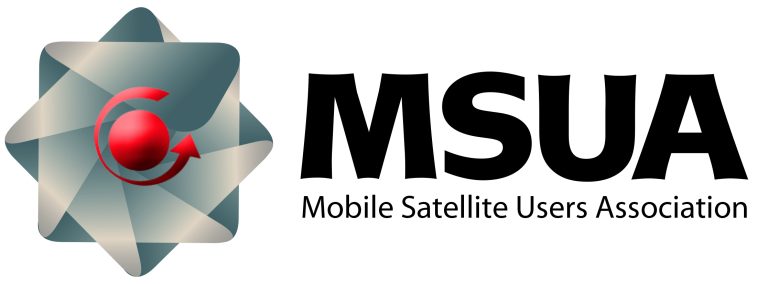Is it possible to be too successful? That is the question that arises in the wake of Musk’s firing of the supercharger team at Tesla – the team responsible for building the largest supercharger network and convincing legacy auto makers to adopt the North American Charging Standard (NACS) interface.
If you do your job too well at Tesla, might you find yourself working your way into the unemployment line? Or is Tesla just a stepping stone – and these newly minted Tesla alumni can count on employment elsewhere? Supercharger team members are now likely in high demand around the industry, but, still, no one likes to be shown the door.
The New York Times speculated – at the very end of its post-announcement report – that “Musk may have concluded that it was not in Tesla’s interest to build many more charging stations, which would help its rivals sell cars.” Indeed, the biggest complaints regarding EVs have been range, charging time, and the availability of chargers and superchargers.
Tesla seems to have solved the charger challenge for its own customers. Is NACS adoption tilting the field in favor of competitors?
The impact on the existing Tesla supercharger network from Musk opening up to legacy auto makers (which have adopted NACS) has been a surge in demand and traffic jams at the chargers. This reality starkly contradicts the emerging narrative that EVs have lost consumer support. EVs are selling and demand is accelerating for access to superchargers.
Having brought the industry this far, Musk may have concluded that legacy auto makers and the Federal government now have their own vested interest in expanding the NACS-based supercharger network. Musk is expected to shift his focus toward ensuring 100% uptime for existing Tesla superchargers – which would be another contrast vis-a-vis broken or poorly functioning chargers in competing networks.
Musk says the company hasn’t ruled out adding chargers where they might be urgently needed but he has clearly brought the curtain down on the headlong drive to install as many superchargers as possible. The decision also likely reflects a need to curb capital investments in the midst of some short-term uncertainty.
For Musk, though, the bad news of layoffs is good news for the company in that the momentum for installing more chargers has been established and can now proceed entirely without Tesla’s support. In what may be a sign of things to come, word arrived soon after the announcement that electric vehicle charging startup Revel is in talks to take over four charging sites planned by Tesla in New York City.
According to a Crain’s New York report, Tesla backed out of leases for the locations. The Crain’s report indicated that the new locations were intended to address “long wait times and skyrocketing demand” for fast charging after a surge of new electric for-hire vehicles arrived in the city.
In a move likely to be replicated elsewhere, Revel will pick up where Tesla left off as other supercharger installers are likely to do. Tesla has demonstrated that superchargers are good business and the federal government is leaning in looking to accelerate deployments and improve uptime.
Important as the supercharger network has been to Tesla’s success, it is now an established fact and should be self-sustaining and organically growing. By now it’s clear that Tesla has other car-making priorities that take precedence. But if Musk keeps shedding personnel he might do real damage to his most precious advantage – the ability to attract top talent.

